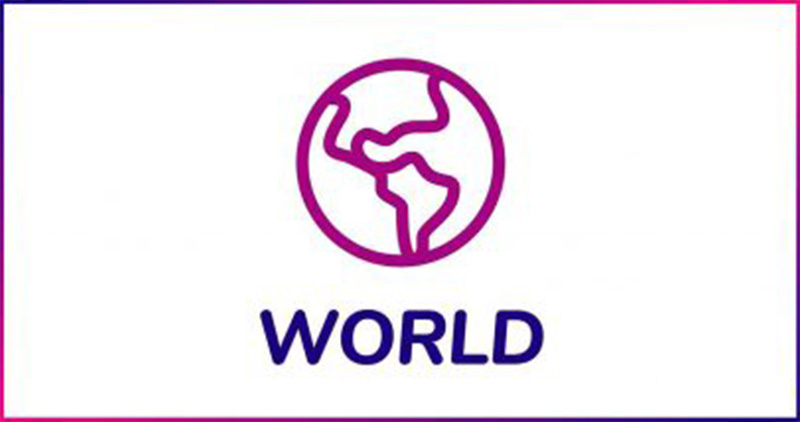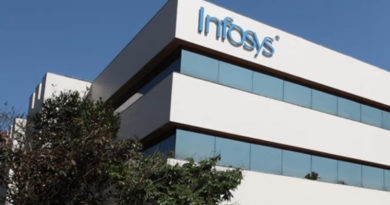IMF: IMF said- India has prepared world-class digital infrastructure, lesson for other countries.
India has developed a world-class digital public infrastructure (DPI) to support its sustainable development goals, the International Monetary Fund (IMF) has said in one of its working papers, which has lessons for other countries looking to build their own. is ushering in the digital transformation of Digitization has helped formalize India’s economy and Aadhaar has helped in direct transfer of payments to beneficiaries, reducing leakages.
The working paper ‘Stacking up the Benefits Lessons from India’s Digital Journey’ states that the government played the role of a catalyst, acting as an anchor client and setting up institutions to ensure continuity in the operation of India Stack. It added that using this digital infrastructure, India was able to quickly provide assistance to a large section of poor households during the COVID-19 pandemic.
The paper said that digitization helped India quickly scale up its vaccine delivery and overcome challenges such as large-scale internal migration. The technology underlying Covin has been deployed in Indonesia, the Philippines, Sri Lanka and Jamaica to help facilitate their vaccination programmes.
The working paper lauded the Pradhan Mantri Jan Dhan Yojana (PMJDY) launched by the Narendra Modi government and said that strong policies have created a competitive, open and affordable telecom market and brought down the cost of mobile data by 90 per cent. There was a boom in the use of data. Demonetisation led to increased use of other modes of payment including UPI.
It added that Aadhaar helped as a tool to effectively reach households to transfer payments, reduce leakages, prevent corruption and increase coverage. The Indian government estimates that by March 2021, about 1.1 per cent of GDP was saved in expenditure due to digital infrastructure and other governance reforms. It added that by using this digital infrastructure, India was able to quickly provide aid to an impressive portion of poor households during the pandemic.



